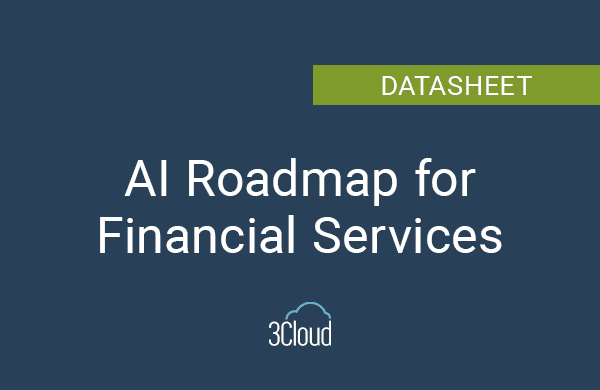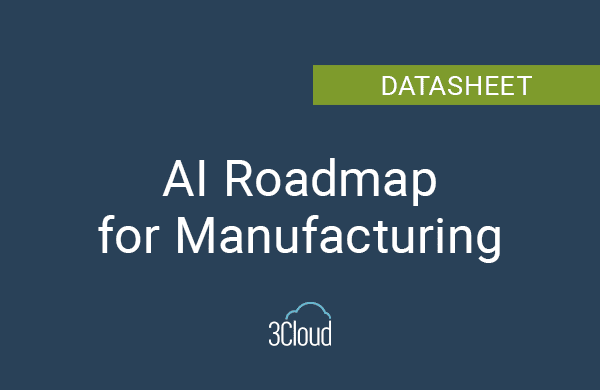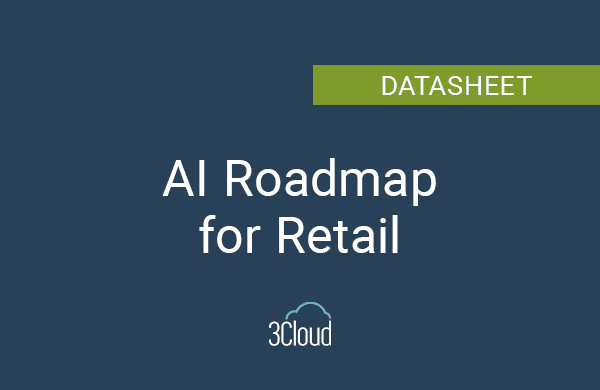Microsoft Fabric is a groundbreaking platform designed to dramatically change how businesses manage their analytics needs. By offering a unified, integrated solution, Fabric eliminates the need for multiple disparate services, streamlining the process with its user-friendly Software as a Service (SaaS) model. This platform marks a significant advancement in data technology, merging both established and innovative technologies to deliver a comprehensive SaaS experience that simplifies and enhances analytics for organizations.
What is Microsoft Fabric?
Microsoft Fabric is a platform designed for businesses that require a unified solution. With Fabric you don’t need different services. Instead, it offers an integrated, user-friendly platform that simplifies your analytics requirements. Operating on a Software as a Service (SaaS) model, Fabric brings simplicity to your solutions.
Microsoft Fabric represents a major leap forward in the realm of data platforms. Unlike previous Microsoft tools that were often pieced together from various technologies, Fabric, built from the ground up. combines both mature and new technologies to deliver a unified, software-as-a-service experience.
Elevate your analytics with Microsoft Fabric.
Why Consider Switching to Fabric?
For organizations already using Synapse or other modern data technologies, the decision to switch should be driven by specific needs and requirements. While Synapse was a successful attempt to integrate various Microsoft tools, Fabric represents a new generation of this effort with a more comprehensive approach.
You can think of the transition from Synapse to Fabric like replacing an old car with a new model. “If you bought a Saturn 10 years ago, it was great at the time, but eventually, parts become hard to find and maintenance becomes problematic. Synapse is like that old Saturn; it’s no longer being actively developed, whereas Microsoft’s focus is now entirely on Fabric,” says Paul Turley, Director of Delivery Engineering at 3Cloud.
How to Transition from Synapse to Fabric
Switching from Synapse to Fabric should be approached methodically, according to Turley. He suggests a gradual transition where organizations leverage their existing skills and investments while working closely with experts to build a road map for a smooth migration. The goal is to minimize friction and ensure that the transition is as seamless as possible.
How does Fabric Compare with Other Technologies?
There are several key differentiators between Fabric and other data platforms like Databricks and Snowflake:
- Databricks: While Databricks is a robust enterprise tool for complex data work, Fabric aims to offer a more integrated experience that caters to both IT and business users. Although Fabric is built on similar technologies like the Spark engine, Turley advises against switching from Databricks if an organization relies heavily on its specialized features.
- Snowflake: Snowflake is a mature data warehouse tool, but it is not a complete data platform. Fabric, on the other hand, offers a broader set of functionalities, including data warehousing. While Snowflake performs well at scale, its “black box” nature can make troubleshooting issues challenging. Fabric’s broader scope might be advantageous for organizations seeking an all-in-one solution.
Features and Future Prospects
Fabric’s capabilities related to Power BI are impressive. The ability to manage large data volumes efficiently and the performance of Power BI reports are standout features. However, some features, like the Gen 2 data flows, are still in the early stages of development and may not yet meet all user needs.
Looking forward, Turley is excited about the potential for Gen 2 data flows to mature and become a more robust feature of Fabric. “The fact that we can get solutions into production quickly with tools that work reliably is a major achievement,” he says.
Learn more in our eBook, How to Activate Microsoft Fabric in Your Organization.
Challenges and Integration Across Platforms
One significant challenge with Fabric is its relatively short time on the market, which means many features are still in public preview and may not be fully mature. Additionally, integrating Fabric with other cloud environments can be complex. While improvements have been made, achieving seamless interoperability between different cloud platforms remains a challenge.
Conclusion
Microsoft Fabric offers a transformative approach to data platforms, providing a unified and integrated solution that simplifies the complexities of analytics. While transitioning from legacy systems like Synapse to Fabric requires careful planning, the benefits of adopting this new platform are substantial. Fabric’s robust features, especially its integration with Power BI, and its future prospects make it an attractive choice for businesses seeking an all-in-one data solution. Despite some challenges related to its relative newness and integration complexities, Microsoft Fabric stands out as a forward-thinking platform that promises to drive efficiency and innovation in data analytics. To learn more about how Microsoft Fabric can transform your organization, contact us today.




